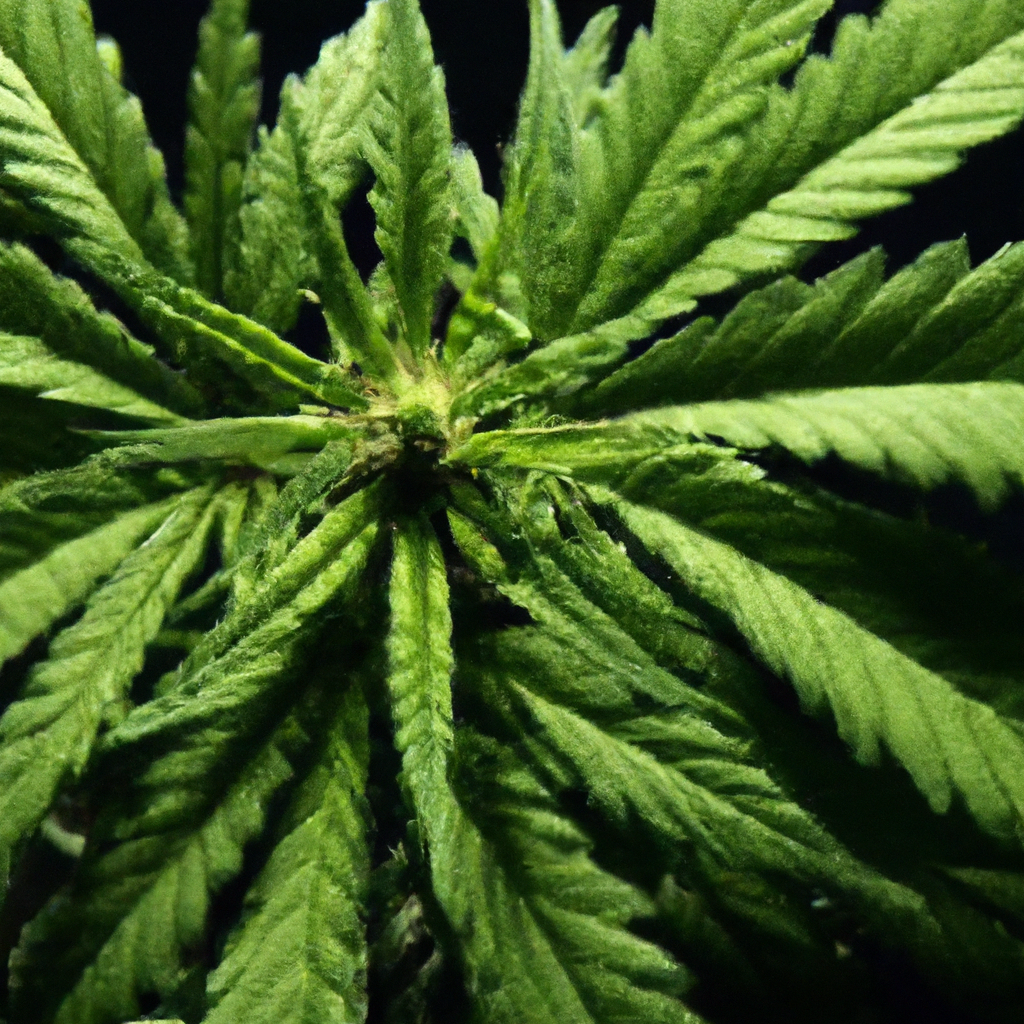Your cart is currently empty!
Introduction
As the battle against climate change intensifies, various agricultural practices are examined for their potential role in environmental restoration. One intriguing possibility lies in the cultivation of cannabis. Beyond its medical and recreational benefits, cannabis might play a significant part in carbon sequestration — the process of capturing and storing atmospheric carbon dioxide. This article explores this unexpected role, offering insights into how cannabis cultivation could contribute to larger environmental goals.
The Science of Carbon Sequestration
Carbon sequestration is a critical process in mitigating climate change. This involves removing carbon dioxide from the atmosphere and storing it in a stable form. Plants naturally absorb carbon dioxide during photosynthesis. While forests are well-known carbon sinks, recent research suggests that cannabis has substantial potential for carbon sequestration due to its fast growth rate and biomass production.
Cannabis as a Tool for Environmental Restoration
- Rapid Growth: Cannabis grows quickly, often reaching maturity in 4 to 6 months, enabling it to capture a substantial amount of carbon dioxide over its life cycle.
- High Biomass: The plant’s dense structure means more organic matter is returned to the soil, enhancing its quality and increasing carbon storage capacity.
- Soil Health Improvement: Cannabis cultivation can improve soil health, further aiding the carbon sequestration process by enhancing the environment for microorganisms that stabilize organic carbon in the soil.
Challenges and Opportunities
While the potential benefits of cannabis in carbon sequestration are impressive, challenges exist. The legality of cannabis cultivation varies globally, which can affect its widespread use for environmental purposes. Furthermore, cultivation practices need to balance environmental goals with economic viability for farmers. Opportunities for innovation abound, from breeding more efficient carbon-sequestering strains to developing sustainable growing techniques that maximize environmental benefits.
Conclusion
The role of cannabis in carbon sequestration presents exciting possibilities for combating climate change. By leveraging its growth characteristics and potential for improving soil health, cannabis can become a vital part of sustainable agricultural practices. As more research unfolds, it could transform from a niche crop to a key player in environmental restoration efforts globally.


Leave a Reply